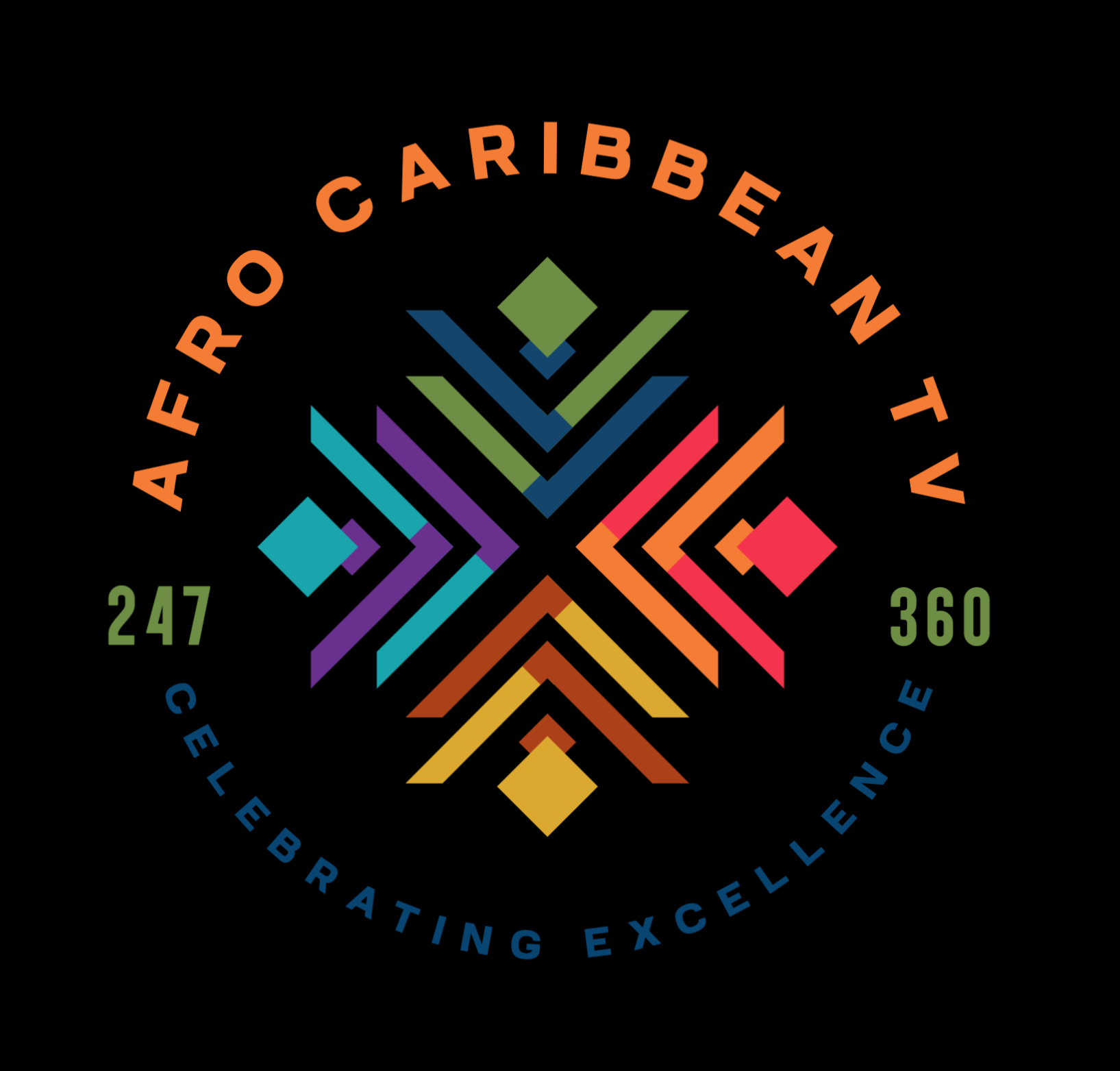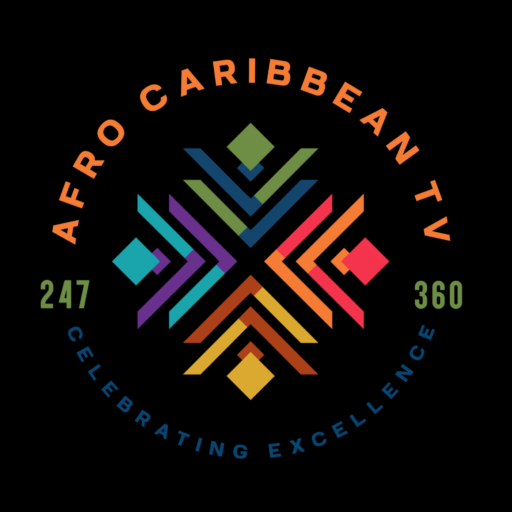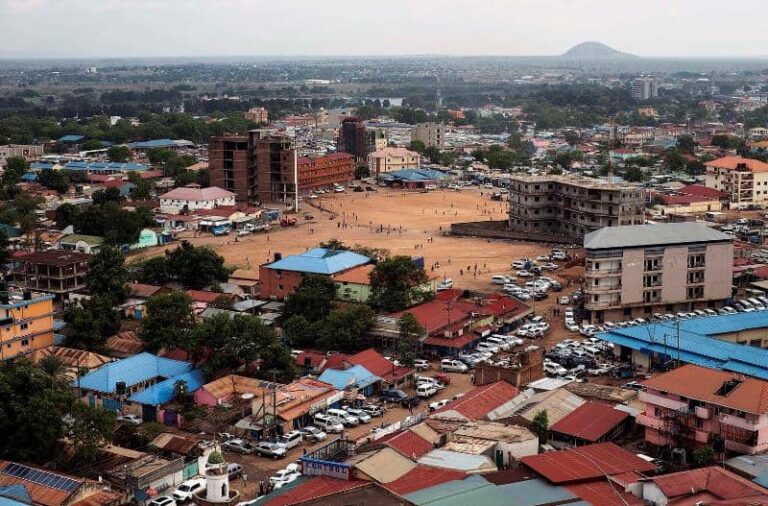South Sudan is a landlocked country located in East-Central Africa, and it is one of the youngest nations in the world. Here are some key details about South Sudan:
General Information
- Capital: Juba
- Official Language: English
- Currency: South Sudanese pound (SSP)
- Independence: July 9, 2011 (became independent from Sudan after a referendum)
- Population: Approximately 12 million (as of 2023)
- Geography: South Sudan is bordered by Sudan to the north, Ethiopia to the east, Kenya to the southeast, Uganda to the south, Democratic Republic of Congo to the southwest, and Central African Republic to the west.
History
- Colonial History: South Sudan was part of Sudan, which was a British-Egyptian colony until 1956. During the colonial period, the southern part of Sudan (South Sudan) was kept under a different administrative structure from the northern part.
- Civil Wars: South Sudan’s history has been heavily marked by conflict. The first Sudanese Civil War (1955-1972) was followed by a second conflict from 1983 to 2005, during which the Sudan People’s Liberation Army (SPLA) fought for autonomy for the southern region. The conflict was largely about ethnic, religious, and political differences between the north and the south.
- Peace Agreement: The Comprehensive Peace Agreement (CPA), signed in 2005, ended the second civil war and led to a referendum on independence in 2011, where the people of South Sudan overwhelmingly voted for independence.
Post-Independence
- Conflict: Despite gaining independence, South Sudan has struggled with internal conflict. A brutal civil war broke out in 2013 between forces loyal to President Salva Kiir and Vice President Riek Machar, leading to significant loss of life, displacement, and human suffering.
- Peace Process: A peace agreement was signed in 2015, but conflict resumed in 2016. A fragile peace deal was re-signed in 2018, which eventually led to the formation of a transitional government in 2020.
Economy
- Oil: South Sudan has vast oil reserves, which are its most significant natural resource. The country relies heavily on oil for revenue, but the economy is fragile due to instability, infrastructural challenges, and reliance on oil prices.
- Agriculture: South Sudan also has rich agricultural land, but farming is affected by conflict and lack of infrastructure.
Culture
- Ethnic Groups: South Sudan is home to many ethnic groups, with the largest being the Dinka, followed by the Nuer, Shilluk, and others. Each group has its own languages, traditions, and customs.
- Languages: Besides English, South Sudan’s major languages include Arabic (widely spoken as a lingua franca), and many indigenous languages such as Dinka, Nuer, and Shilluk.
- Religion: The majority of South Sudanese are Christian, with some traditional African religions practiced, particularly among indigenous communities. There is also a Muslim minority.
Challenges
- Conflict and Stability: Ongoing political and ethnic conflicts have created significant challenges, including displacement of people, food insecurity, and a lack of basic services.
- Humanitarian Crisis: South Sudan has faced massive humanitarian crises, including famine and a lack of healthcare and education services. International organizations often provide aid to the population.
Recent Developments
- The peace process continues to be fragile but promising, and the government is working towards rebuilding institutions and infrastructure.
- South Sudan has also received substantial international aid and diplomatic support, but it still faces enormous challenges in stabilizing the country.



